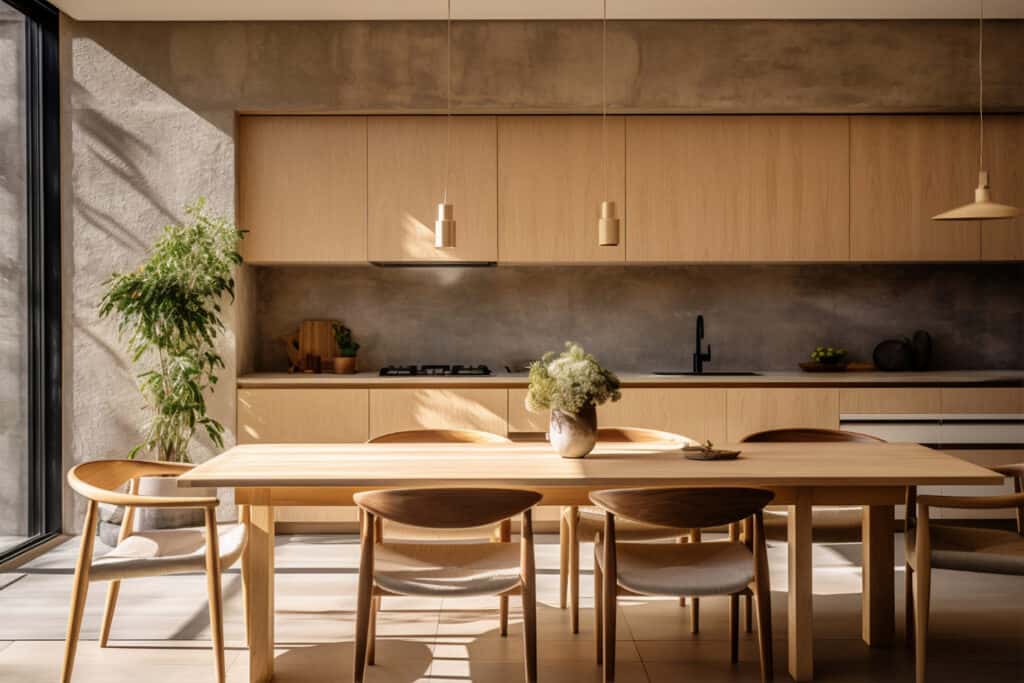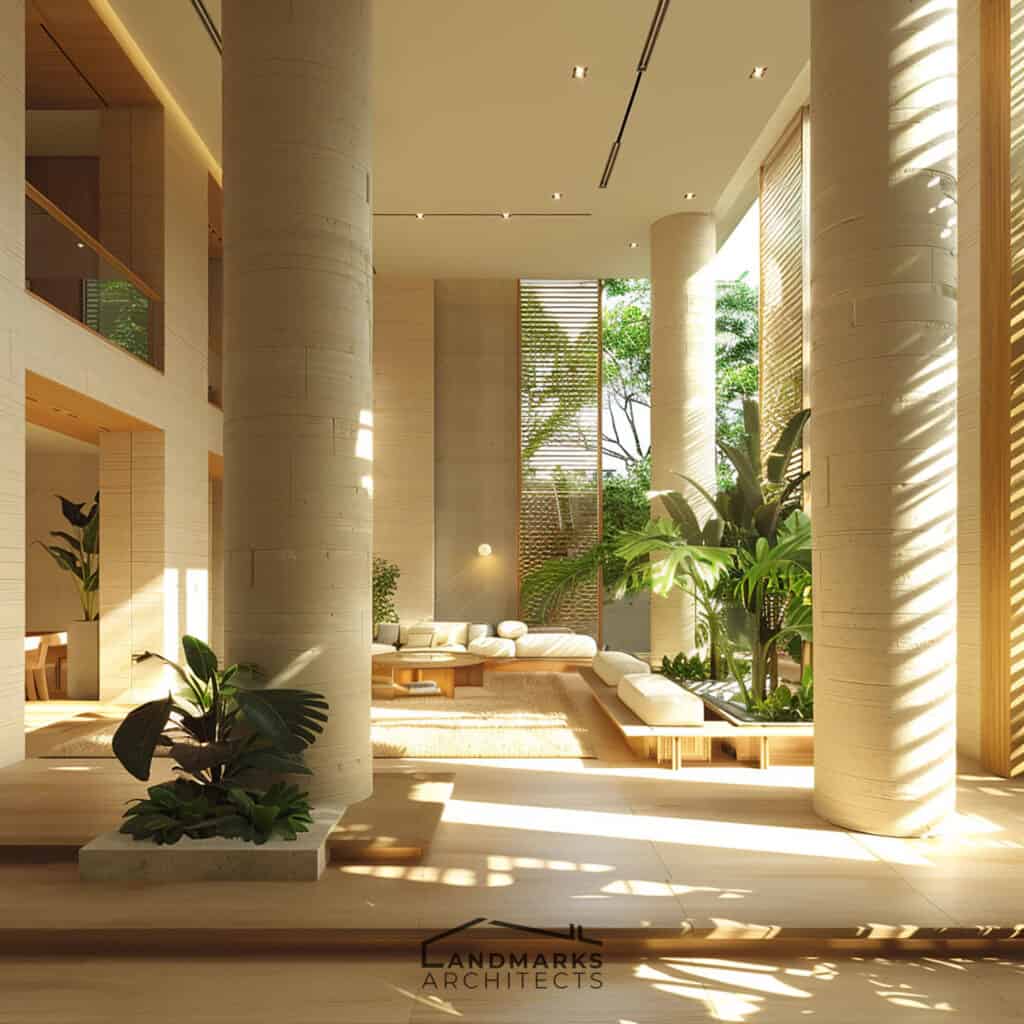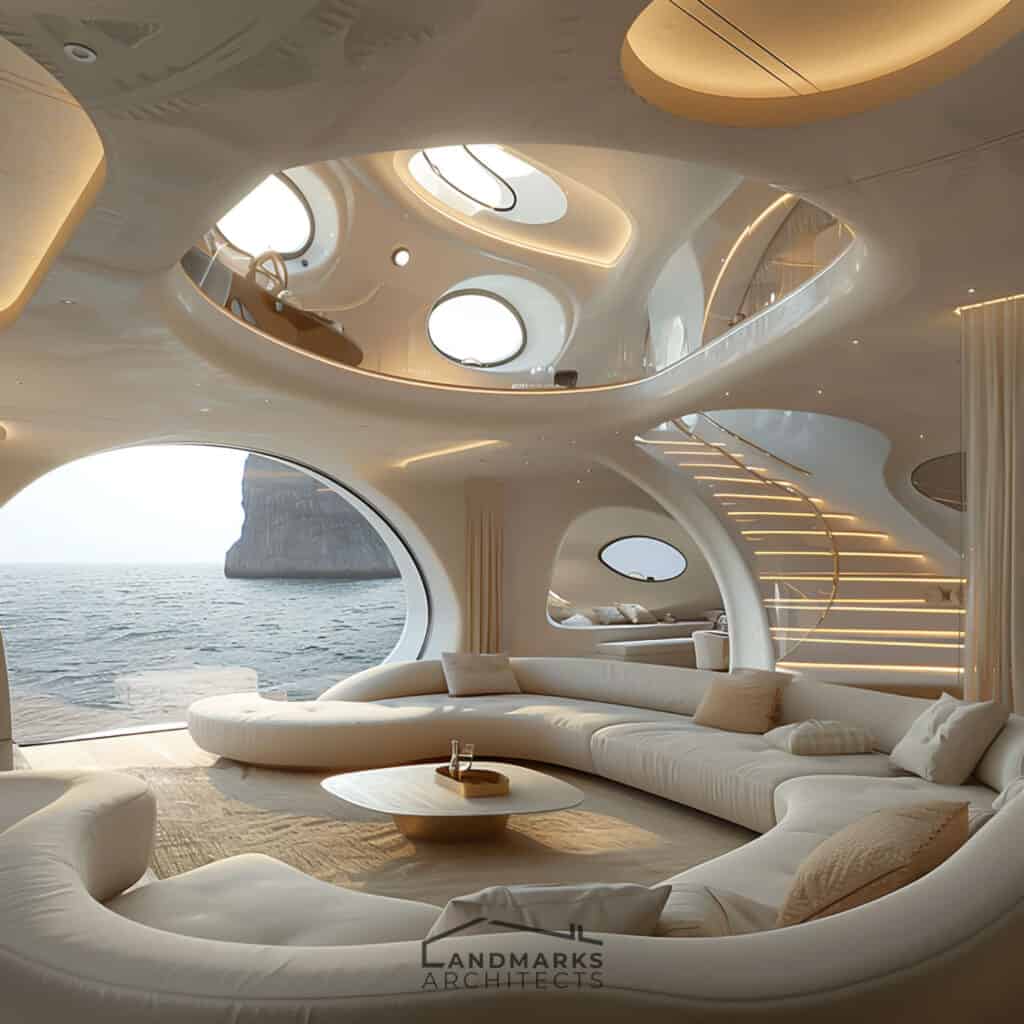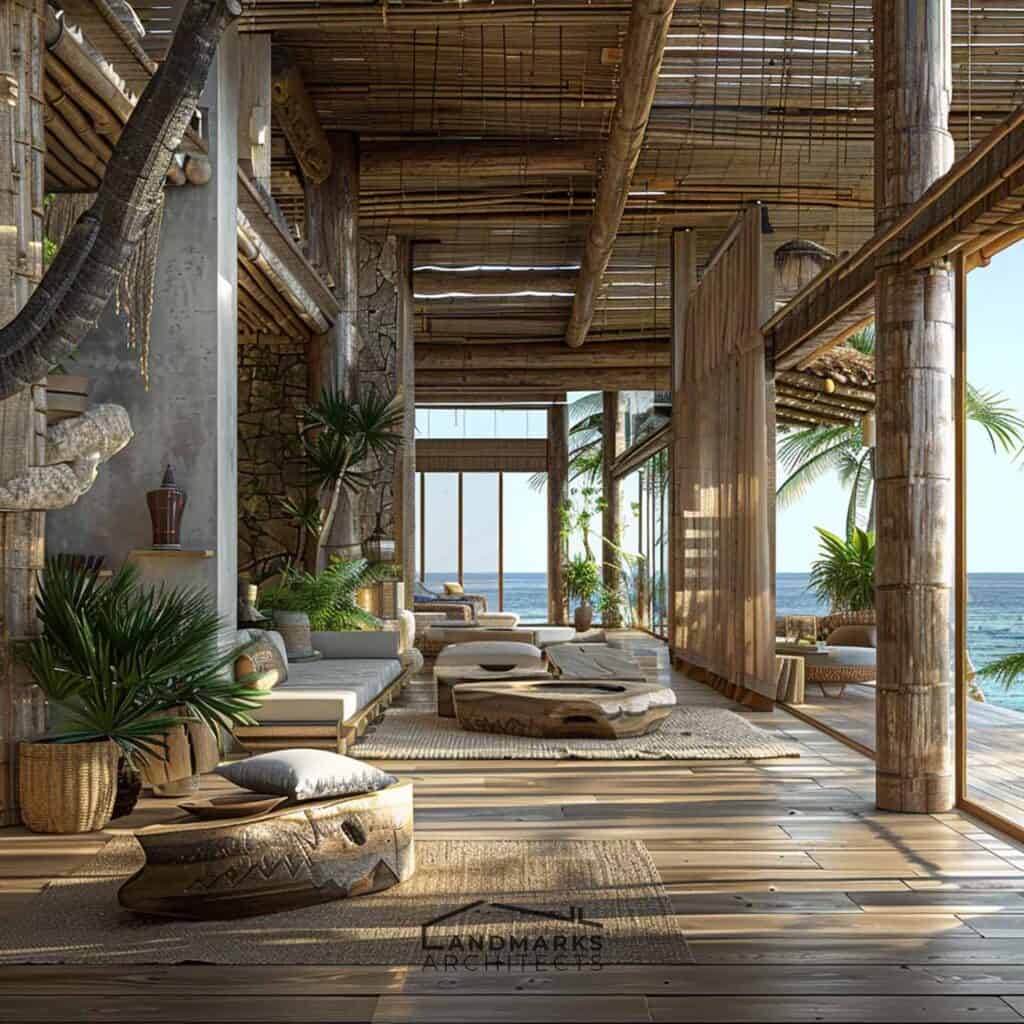Looking to elevate your home’s design with a simple yet striking element? Vertical lines might just be the game changer you need to add height and sophistication.
You’re here because you want to make your space feel more open and stylish, but you’re not sure how. The good news is vertical lines are a powerful, accessible solution that anyone can use.
As interior design experts, we’re here to show you how vertical lines can be used in innovative ways to transform your space, making it feel taller, more dynamic, and inviting.
In this article, we’ll discuss:
- How vertical lines can enhance room height
- Using wall patterns to create a modern feel
- Incorporating vertical lines through furniture and decor
Keep reading to discover how vertical lines can completely refresh your home’s aesthetic!
By the end, you’ll have the tools to incorporate vertical lines into your own space, creating a more stylish, open, and visually appealing environment.
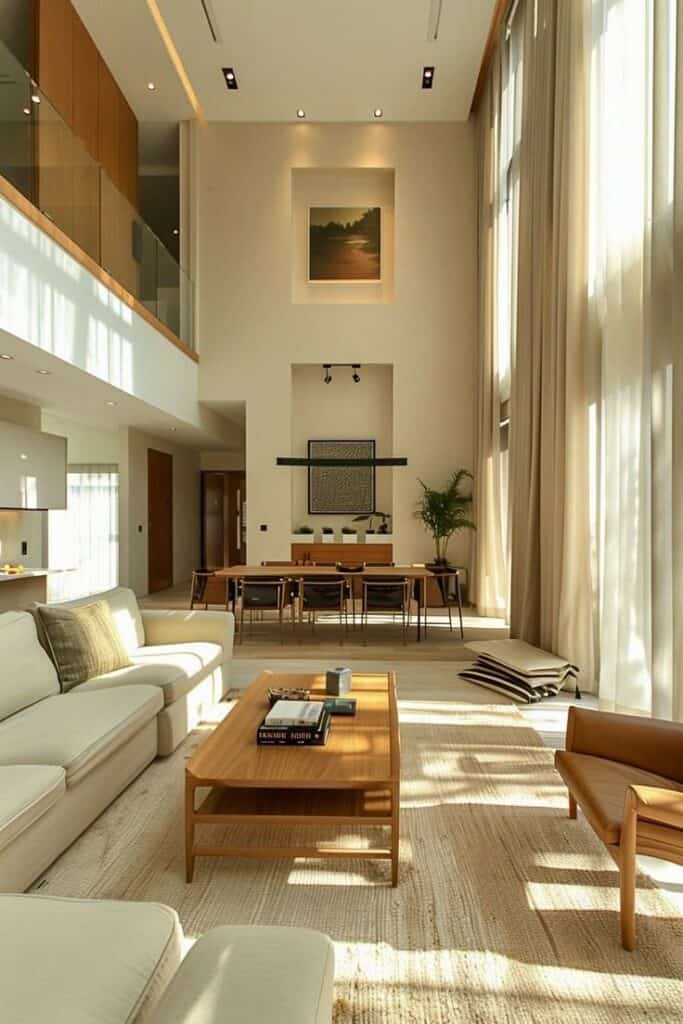
Vertical Lines in Interior Design: Their Significance and Definition
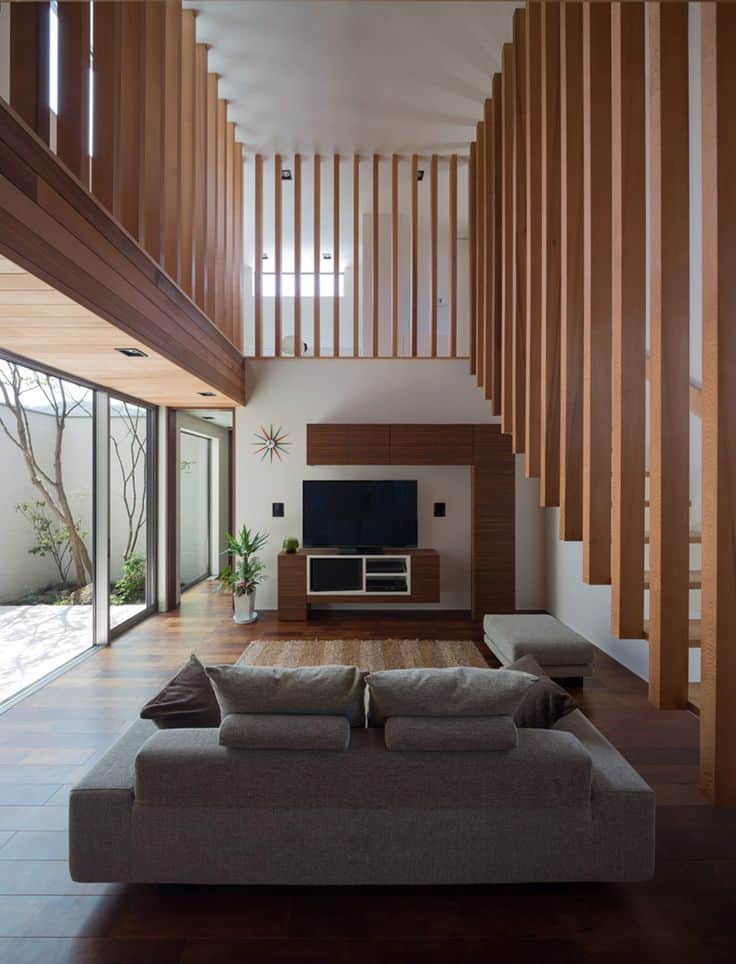
Vertical lines are the unsung heroes of interior design. They run straight up from the ground, drawing your eye upward and—just like that—making a room feel taller.
That sense of height can make compact areas appear larger, which is exactly what you want in a space that feels cramped.
Those lines also convey a sense of strength and dignity. They add a touch of formality to a space, and an air of elegance. That’s why you see them in dining rooms and high-ceilinged living spaces.
People respond to vertical lines on an almost primal level. They can make you feel uplifted, energized and even a little in awe. That’s why designers often use them in spaces meant to inspire or impress.
You can incorporate vertical lines into your design with tall curtains, striped patterns or narrow furniture pieces. Each one reinforces that feeling of verticality and spaciousness.
And when you use those lines skillfully, you can turn an ordinary room into something truly elevated.
See Also Form in Interior Design
Balancing Vertical Lines with Other Elements
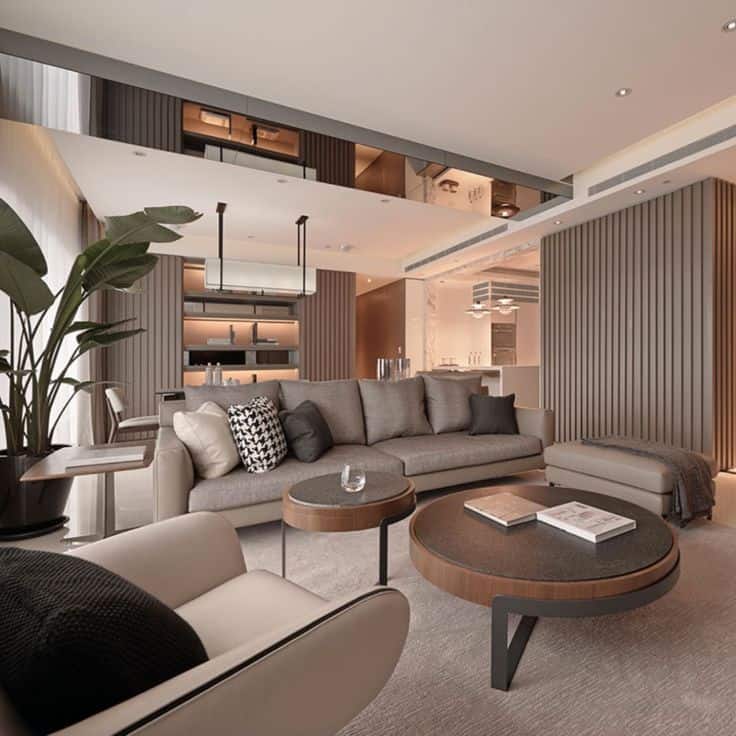
Vertical lines can give a room a sense of height, but harmony with other elements is key. Integrating horizontal lines, colors, and textures can create a balanced and visually pleasing space.
Combining different design elements, such as zigzag patterns and contrasting shapes, can create visual interest and enhance the room’s energy and appeal.
1. Harmony with Horizontal Lines
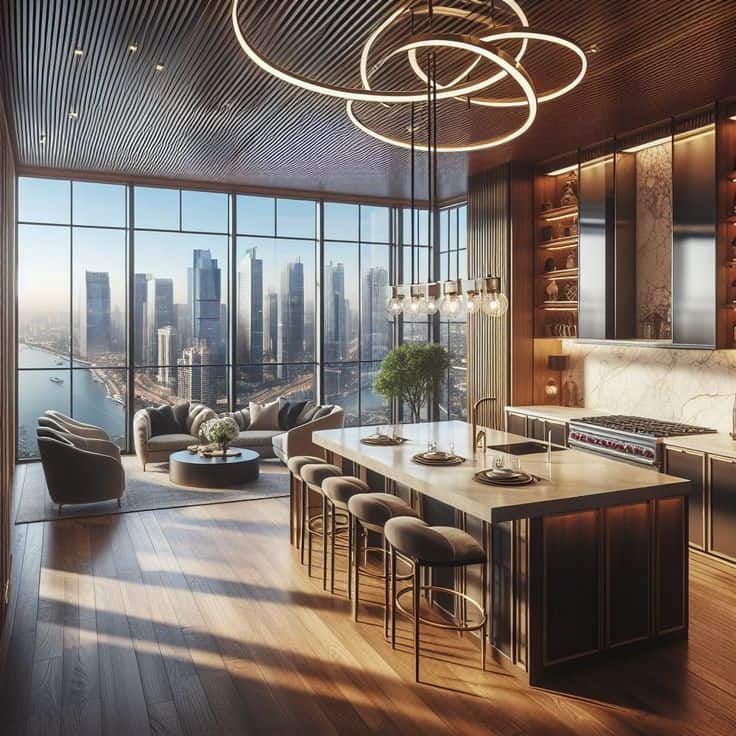
To balance vertical lines, incorporating horizontal lines in the design can be highly effective. Horizontal lines can make a room feel wider and more grounded. For example, shelves or a wide piece of art can act as effective horizontal elements.
This combination offsets the height-enhancing effect of vertical lines, resulting in a well-rounded appearance.
When used together, both vertical and horizontal elements can enhance the perception of space, making it appear both taller and more expansive. This thoughtful placement fosters a harmonious and visually balanced environment.
2. Creating Equilibrium through Color and Texture

Colors and textures play an essential role in balancing vertical lines in a room. Using lighter colors on walls and darker tones for furniture can ground vertical elements. Textures add depth and variation, providing a counterbalance to tall lines.
For instance, adding textured cushions or a patterned rug can soften the strong presence of vertical lines. These elements help maintain a warm and inviting atmosphere. Through strategic use of colors and textures, spaces can achieve equilibrium, allowing vertical lines to shine without dominating the room.
A carefully curated palette and varied textures enrich the design, enhancing its appeal without overpowering other features.
3. Scaling Vertical Elements for Room Proportions

Adjusting the scale of vertical elements is crucial for maintaining room proportions. Tall furniture might work well in large rooms but can overwhelm smaller spaces.
Opt for pieces that complement the room size, such as medium-sized plants or lamps. Proportional Scalability is essential to ensure that vertical lines do not dwarf the room’s other features.
By scaling elements appropriately, designers can prevent a cluttered or unbalanced feel. Thoughtful selection of vertically oriented decor items, keeping in mind the room’s scale, helps create a space that feels cohesive and well-proportioned, enhancing the overall design without overshadowing other elements.
Vertical Lines Styles in Interior Design
Vertical lines can add height and elegance to interiors. They have the unique ability to guide the eyes upward, making spaces feel taller. This technique is often used in rooms with lower ceilings to create the illusion of higher walls.
Geometric patterns can also be incorporated to enhance the aesthetic appeal and uniqueness of a space. Some common uses of vertical lines are:
- Wallpaper patterns: Bold vertical stripes or subtle pinstripes can enhance walls.
- Tall furniture: Grand bookshelves or vertical cabinets draw attention upward.
- Curtains and drapes: Long, vertical drapery can elongate a room. In interior design contemporary style, these elements focus on shapes and lines to influence the ambiance of a space.
Vertical lines come in various styles:
- Natural wood slats: These add warmth and can be arranged for a modern look. Graphic slats can also make artistic statements.
- Painted stripes: Using paint to create vertical stripes offers an easy and customizable option for adding height.
- Vertical gardens: Greenery arranged in vertical patterns can create a fresh and lively atmosphere. Rounded lines can also be integrated to create a harmonious aesthetic within a space.
The choice of style often depends on personal taste and the room’s overall design. Vertical and horizontal lines can be flexible and adaptable, fitting into many design schemes. Each option offers its own flair to enhance interior spaces.
Vertical Lines in Interior Design: A Recap
Vertical lines are a powerful design element that can dramatically alter the look and feel of any space.
Whether you’re looking to add height, create a modern atmosphere, or introduce bold patterns, incorporating vertical lines into your interior design is an easy yet impactful way to transform your environment.
By using these lines thoughtfully in walls, furniture, and decor, you can bring a sense of elegance and balance to your home. So, don’t hesitate to experiment with vertical lines to create a stylish, dynamic space that truly stands out.




